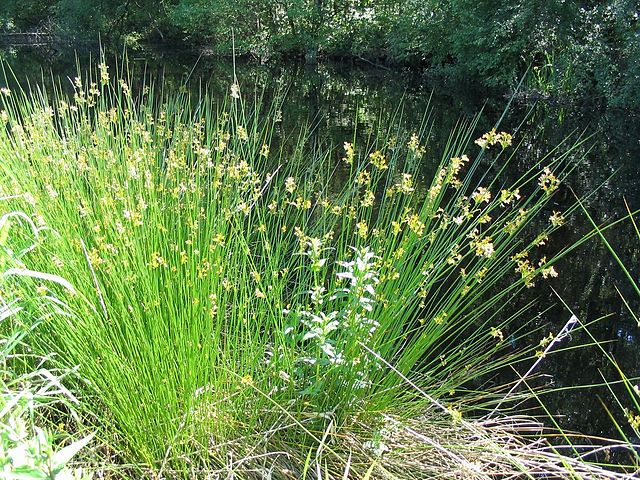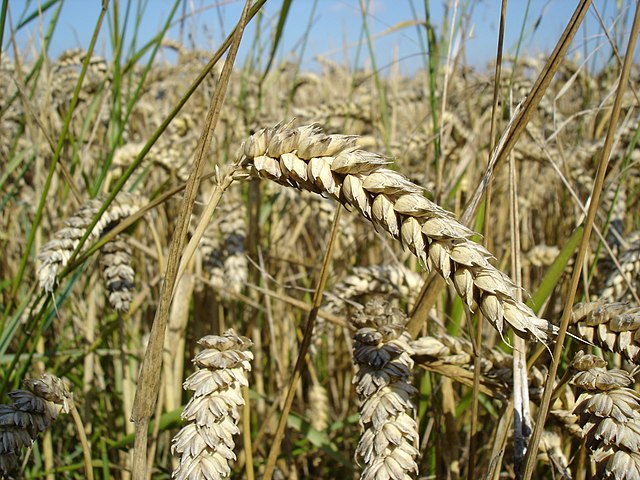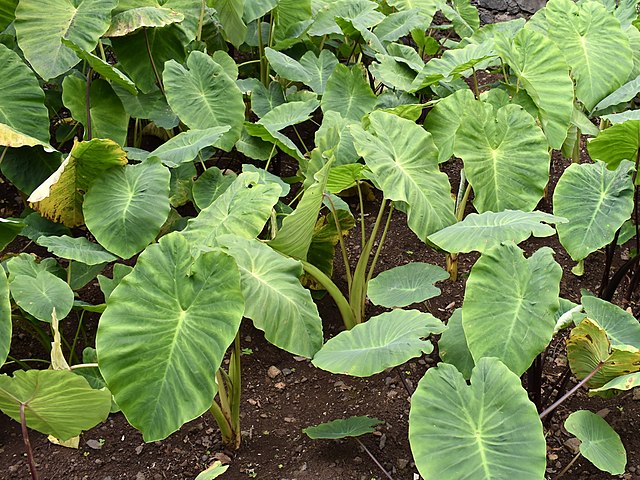Juncaceae is a family of flowering plants, commonly known as the rush family. It consists of 8 genera and about 464 known species of slow-growing, rhizomatous, herbaceous monocotyledonous plants that may superficially resemble grasses and sedges. They often grow on infertile soils in a wide range of moisture conditions. The best-known and largest genus is Juncus. Most of the Juncus species grow exclusively in wetland habitats. A few rushes, such as Juncus bufonius are annuals, but most are perennials. Despite the apparent similarity, Juncaceae are not counted among the plants with the vernacular name bulrush.
Image: Juncus effuses
Image: Junc diversity
Monocotyledons, commonly referred to as monocots, are grass and grass-like flowering plants (angiosperms), the seeds of which typically contain only one embryonic leaf, or cotyledon. They constitute one of the major groups into which the flowering plants have traditionally been divided; the rest of the flowering plants have two cotyledons and are classified as dicotyledons, or dicots.
Image: Wheat close up
Image: Araceae Colocasia esculenta 1
Image: Phoenix Dactylifera Date Palm Fields South Coast Wholesale
Image: Seagrass Zostera marina (Dzharylhach island)






